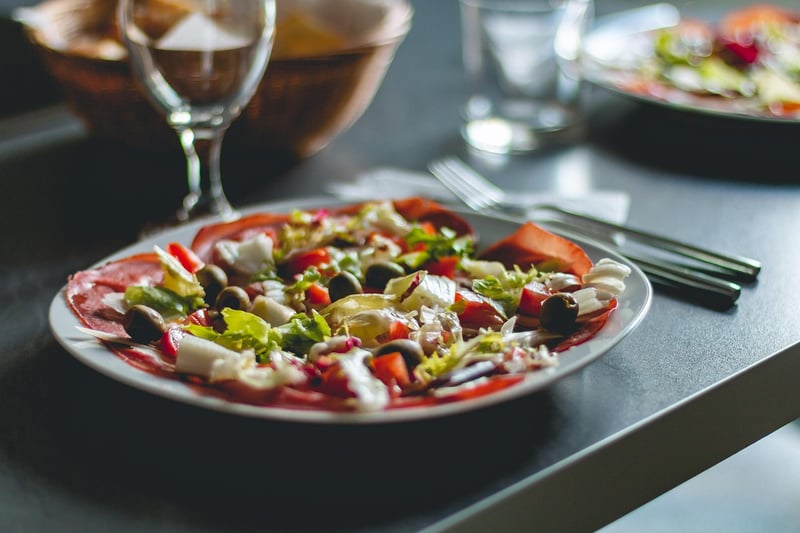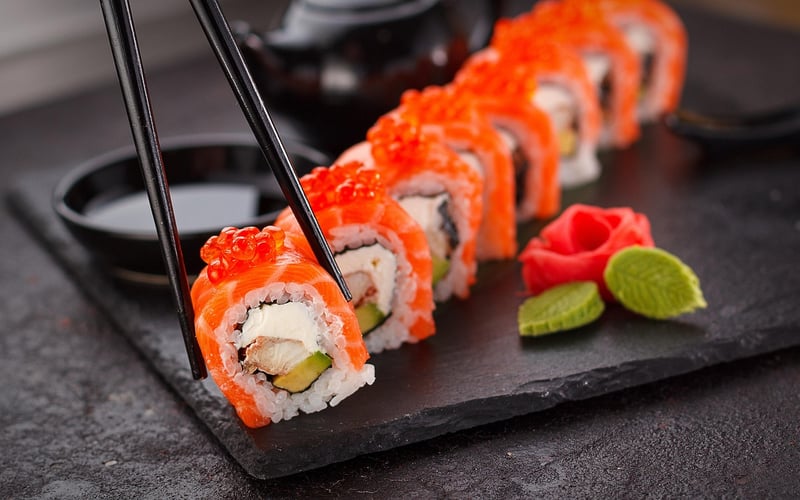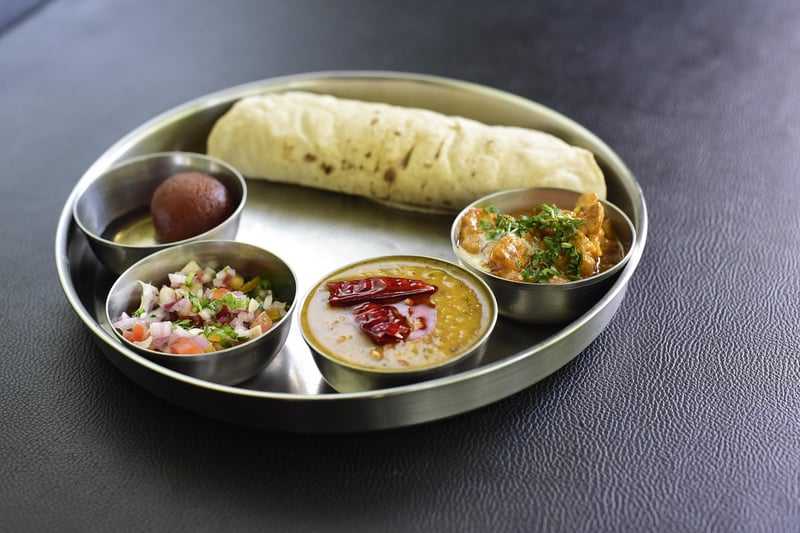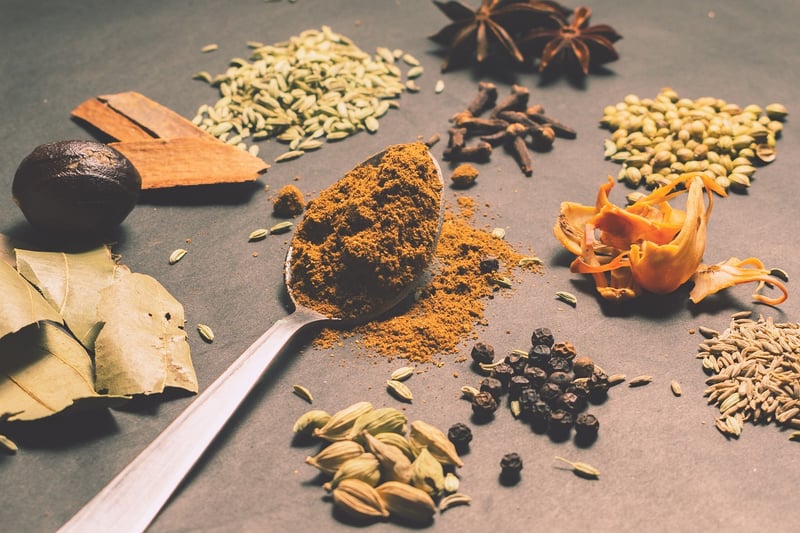Traditional flavors
Exploring Diverse Culinary Traditions and Traditional Flavors
Food is not just nourishment; it's a reflection of culture, history, and tradition. Across the globe, various culinary traditions offer a rich tapestry of flavors, techniques, and ingredients that have been passed down through generations. Let's take a journey into the world of diverse culinary traditions and discover the traditional flavors that make each cuisine unique.
1. Italian Cuisine
Italian cuisine is celebrated for its simplicity and emphasis on fresh, high-quality ingredients. From the rich tomato sauces of Naples to the creamy risottos of Milan, each region of Italy has its signature dishes. Olive oil, garlic, basil, and Parmesan cheese are staples in Italian cooking, creating a harmonious blend of flavors.

2. Japanese Cuisine
Japanese cuisine is known for its balance of flavors, textures, and visual appeal. From sushi to ramen, Japanese dishes often showcase fresh seafood, soy sauce, miso, and seaweed. The art of presentation, known as "washoku," is highly regarded in Japanese cooking, creating visually stunning and delicious meals.

3. Mexican Cuisine
Mexican cuisine is a vibrant fusion of indigenous Mesoamerican and Spanish influences. Bold flavors like chili peppers, cumin, cilantro, and lime are prevalent in dishes such as tacos, mole, and guacamole. Corn, beans, and avocados are staple ingredients that form the foundation of many Mexican recipes.

4. Indian Cuisine
Indian cuisine is a tapestry of diverse regional dishes, spices, and cooking techniques. Curry powders, garam masala, turmeric, and cardamom are commonly used to create the bold and aromatic flavors of dishes like biryani, tikka masala, and dosas. Vegetarian options are plentiful in Indian cuisine, making it a paradise for plant-based eaters.

5. French Cuisine
French cuisine is synonymous with elegance and sophistication. Butter, cream, herbs, and wine are essential components in classic French dishes like coq au vin, ratatouille, and croissants. French cooking techniques emphasize precision and attention to detail, resulting in exquisite dishes that delight the palate.

Exploring diverse culinary traditions allows us to appreciate the beauty and complexity of different cultures through the lens of food. Whether you're savoring a bowl of pasta in Italy, enjoying sushi in Japan, or indulging in curry in India, traditional flavors connect us to our shared human experience.
Let's celebrate the richness of culinary diversity and savor the traditional flavors that make each cuisine a unique masterpiece!
